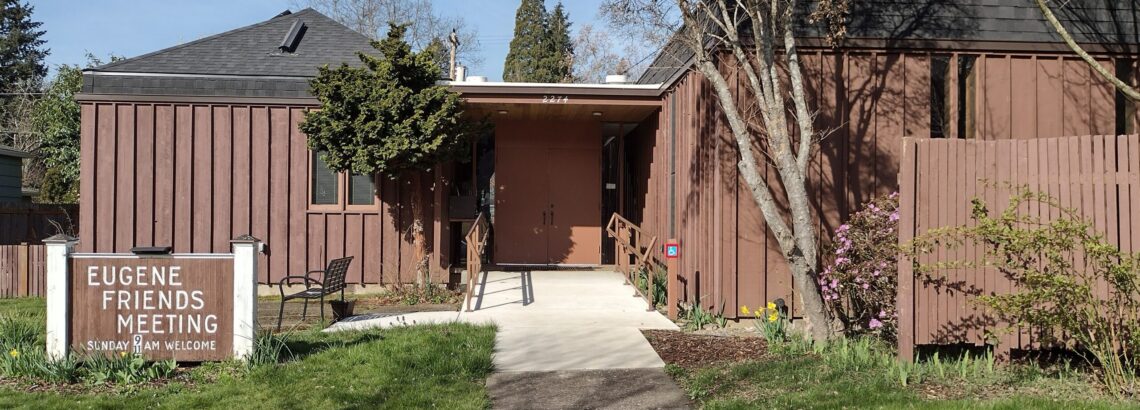
Last October I wrote On the Importance of Forests:
“Our world’s forests are one of the most effective nature-based solutions to climate change and the wildlife extinction crisis. Forests are home to 80% of all land-based wildlife species. They function as a massive carbon sink for Earth and are also key to maintaining regional rainfall patterns. Despite this, forests are undervalued and largely unprotected. More than 75% of the forests on the planet have been damaged or destroyed by roads, mining, logging, oil extraction or industrial farming.”
This month I’m going to dig deeper into the politics and science that surrounds our important northwest forests – where forest management and earth care meet and where they diverge; why old growth trees are important for climate stabilization; the pros and cons of forest fires; and some of the intricacies of forest management.
Forest management can be the best of things or the worst of things for forests; it depends on who is managing, and what their goals are. Management can include selective logging, clear cutting, reforestation, setting fires or protecting from fires, improving access for recreation, or keeping people out.
Modern people often think it’s best to leave forests alone and keep them wilderness, like they were “before we came here”. But in fact, Native Americans began to manage the Oregon forests from the earliest days. They deliberately set fires to get rid of unwanted plants and encourage the growth of more desirable ones (for humans) – like blackberries and strawberries. Fires also kept the land open and grassy to increase the number of bison, elk, and deer in the area, thereby making hunting easier. And it helped to keep forests healthy, killing off bacteria, fungi, viruses and insects that could decimate the trees, and the reduction of small vegetation also prevented accidental larger fires. And they logged very selectively.
Oregon’s forests are now managed by a variety of landowners, including private, county, state, and federal. Federal owners include the National Forest Service (48%), The Bureau of Land Management (12%), and the National Park Service (1%). Private landowners own 34%, and Tribes own 2%. (For more Oregon forest ownership facts, see this pamphlet from the Oregon Forest Resources Institute.)
The big question is: How well do these various agencies manage our forests, and who are they serving? What are their priorities?
In April of 2022 President Biden signed an executive order on Strengthening the Nation’s Forests, Communities, and Local Economies which calls for a review of forest management practices on Federal lands, and specifically the mature and old-growth forests. The U.S. Forest Service responded in 2023, announcing that it would amend the plans used to manage all 128 of its forests in one fell swoop, something the agency has never done before. This ongoing National Forest Plan Review, being conducted by the NFS, will be open for comment later this summer.
350Eugene says, “We plan to submit a record 750,000 comments with all our national partners in August to ensure biodiversity, wildfire community hardening, and climate are considered in their plans!”
Let’s learn more about forests, and prepare to be the Quakers our forests need!
SAVE THE DATE: Wednesday August 14th for a Forest Plans Comment Writing Party with Forest Climate Allies.


